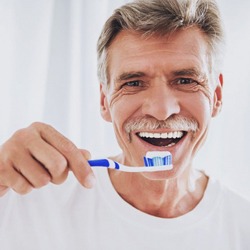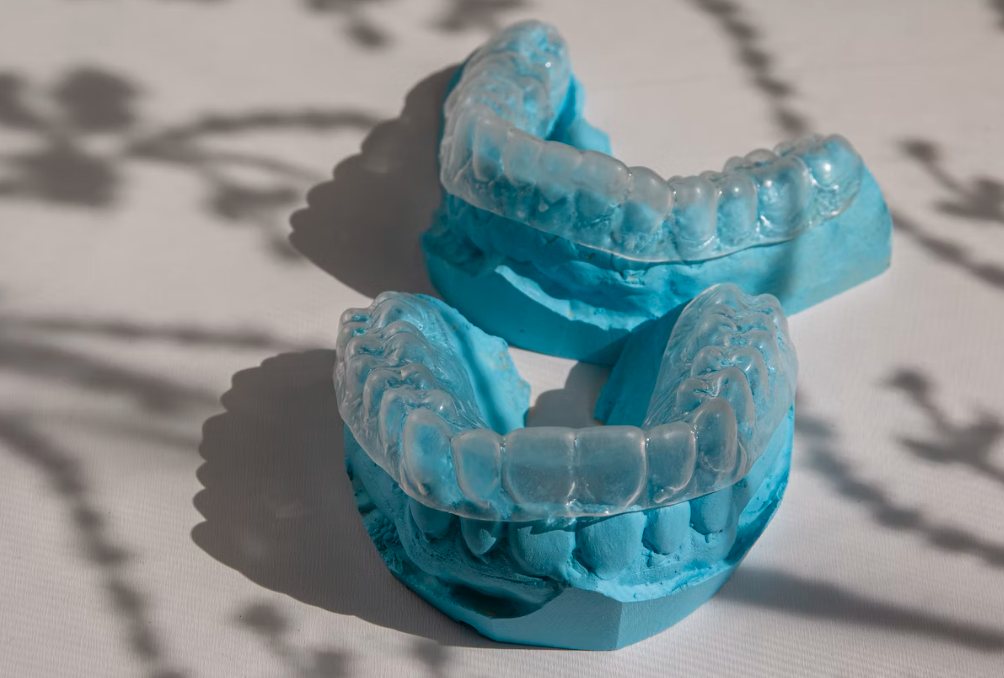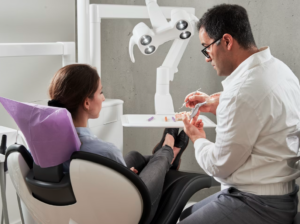Gum disease, also known as periodontal disease, is a progressive condition that affects the gums and bone around the teeth. Gum disease begins with gingivitis, which is an inflammation of the gums. If left untreated, gingivitis can progress to periodontitis, which is a more serious form of gum disease that can lead to tooth loss and chronic health conditions.
There are four stages of gum disease: gingivitis, early periodontitis, moderate periodontitis, and advanced periodontitis.
Gingivitis
Gingivitis is the earliest stage of gum disease. It is characterized by red, swollen, and bleeding gums. Gingivitis is caused by plaque buildup on the teeth. Plaque is a sticky film of bacteria that forms on the teeth and gums. If plaque is not removed, it can harden into tartar, which is more difficult to remove.
Gingivitis can be reversed with proper oral hygiene and professional dental cleanings. However, if gingivitis is left untreated, it can progress to periodontitis.
Early Periodontitis
Early periodontitis is the second stage of gum disease. It is characterized by bone loss around the teeth. Early periodontitis can lead to tooth loss if left untreated.
Early periodontitis can be treated with a deep cleaning, also called scaling and root planing. A deep cleaning involves removing plaque and tartar from below the gum line. Root planing is a procedure that smoothes the roots of the teeth to prevent bacteria from attaching to them.
Moderate Periodontitis
Moderate periodontitis is the third stage of gum disease. It is characterized by deeper pockets around the teeth and further bone loss. Moderate periodontitis typically affects people between the ages of 30 and 50.
Advanced Periodontitis
Advanced periodontitis is the most severe stage of gum disease. It is characterized by deep pockets around the teeth, extensive bone loss, and gum recession.
Periodontitis is a serious gum infection that damages the soft tissue and destroys the bone around your teeth. Periodontitis occurs when plaque and tartar are not removed from your teeth, causing the gums to become inflamed. The inflammation eventually leads to periodontitis, which can destroy the bone and soft tissue around your teeth. If left untreated, periodontitis can cause tooth loss.
If you think you may have gum disease, it is important to see a dentist for an evaluation. Gum disease is treatable in its early stages. However, it is important to catch it early to prevent it from progressing to the more severe stages.
See your dentist regularly for professional cleanings and oral exams. brush twice a day and floss daily. If you have gum disease, your dentist may recommend more frequent dental visits, special mouthwashes, or deep cleanings.
What are the Symptoms of the Gum Disease Stages?
Gum disease is an infection of the gums that can progress to affect the bone supporting the teeth. It is a common condition in adults, and its incidence increases with age. Gum disease is usually caused by plaque, a sticky film of bacteria that forms on teeth. Plaque gradually turns into tartar (calculus), which is harder to remove. If tartar is not removed, it can irritate and inflame the gums, causing gingivitis.
Gingivitis is the early stage of gum disease and is characterized by red, swollen, and bleeding gums. If left untreated, gingivitis can progress to periodontitis.
All stages of periodontist have the symptoms of gingivitis, including red, swollen, and bleeding gums. However, as periodontitis progresses, the symptoms become more severe. The gums may begin to recede (pull away) from the teeth, and deep pockets may form between the gum and tooth. These pockets become filled with plaque and tartar, which can further damage the gums and bone. As periodontitis progresses, the teeth may become loose and eventually may fall out.
What Treatments are Available for Gum Disease?
Just like any other disease, gum disease has different stages. In its earliest stage, gingivitis, the gums become inflamed and may bleed when brushed. If left untreated, gingivitis can develop into periodontitis, which is a more serious form of gum disease. Periodontitis destroys the bone and connective tissue that support the teeth, and can eventually lead to tooth loss.
There are a number of different treatment options available for gum disease, depending on how severe it is. In its early stages, gingivitis can often be reversed with good oral hygiene and regular professional cleanings. More advanced forms of gum disease may require more aggressive treatment, such as scaling and root planing (a deep cleaning that removes tartar and bacteria below the gum line), antibiotics, or surgery.
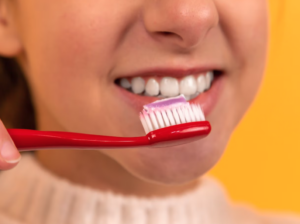
How to Prevent Gum Disease?
The best way to prevent gum disease is to practice good oral hygiene. This means brushing and flossing your teeth every day, and seeing your dentist regularly for professional cleanings. If you have any risk factors for gum disease (such as diabetes or a family history of the condition), it’s important to be extra diligent about taking care of your teeth.
If you think you may have gum disease, it’s important to see your dentist as soon as possible so that it can be diagnosed and treated in its early stages. Gum disease is a serious condition that can lead to tooth loss and much worse health conditions, so don’t delay in getting the help you need.
Contact Lane and Associates Today!
If you’re concerned about gum disease or would like to learn more about how to prevent it, contact Lane and Associates today. Our team of skilled dental professionals will be happy to answer any of your questions and help you keep your smile healthy and beautiful.
Fill out a contact form on our website or call the office location most convenient to you to schedule an appointment.


